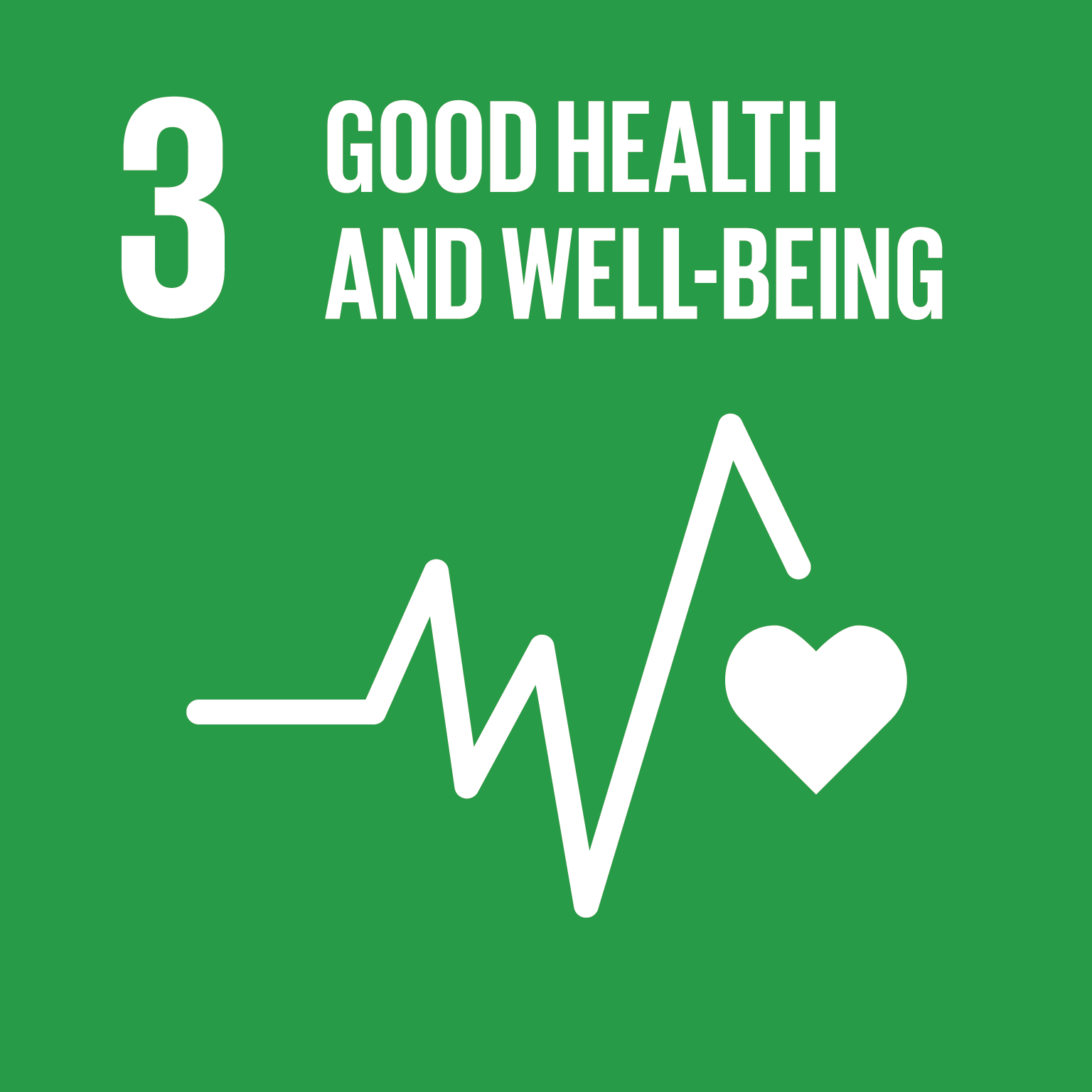Understanding the scope of child sexual abuse: Challenges and opportunities
By Natasha Elkovitch Latzman, Cecilia Eugenia Casanueva, Melissa M. Dolan.
November 2017 Open Access Peer Reviewed
DOI: 10.3768/rtipress.2017.op.0044.1711
Abstract
The enormous individual, familial, and societal burden of child sexual abuse has underscored the need to address the problem from a public health framework. Much work remains, however, at the first step of this framework — defining and understanding the scope of the problem, or establishing incidence and prevalence estimates. In this occasional paper, we provide an overview of the ways researchers have defined and estimated the scope of child sexual abuse, focusing on agency tabulations and large-scale surveys conducted over the last several decades. More precise estimates of the number of children affected by child sexual abuse would improve the ability of the public health, child welfare, pediatrics, and other communities to prevent and respond to the problem. We recommend using a comprehensive surveillance system to assess and track the scope of child sexual abuse. This system should be grounded by common definitional elements and draw from multiple indicators and sources to estimate the prevalence of a range of sexually abusive experiences.
![]() © 2025 RTI International. This work is licensed under a Creative Commons Attribution-NonCommercial-NoDerivatives 4.0 International License.
© 2025 RTI International. This work is licensed under a Creative Commons Attribution-NonCommercial-NoDerivatives 4.0 International License.
To contact an author or seek permission to use copyrighted content, contact our editorial team


